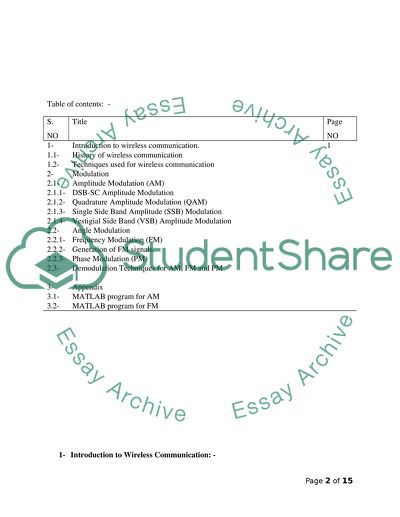Cite this document
(Wireless Communication: the Modulation Technique Book Report/Review, n.d.)
Wireless Communication: the Modulation Technique Book Report/Review. Retrieved from https://studentshare.org/journalism-communication/1573187-wireless-telecommunication-matlab-program
Wireless Communication: the Modulation Technique Book Report/Review. Retrieved from https://studentshare.org/journalism-communication/1573187-wireless-telecommunication-matlab-program
(Wireless Communication: The Modulation Technique Book Report/Review)
Wireless Communication: The Modulation Technique Book Report/Review. https://studentshare.org/journalism-communication/1573187-wireless-telecommunication-matlab-program.
Wireless Communication: The Modulation Technique Book Report/Review. https://studentshare.org/journalism-communication/1573187-wireless-telecommunication-matlab-program.
“Wireless Communication: The Modulation Technique Book Report/Review”, n.d. https://studentshare.org/journalism-communication/1573187-wireless-telecommunication-matlab-program.


